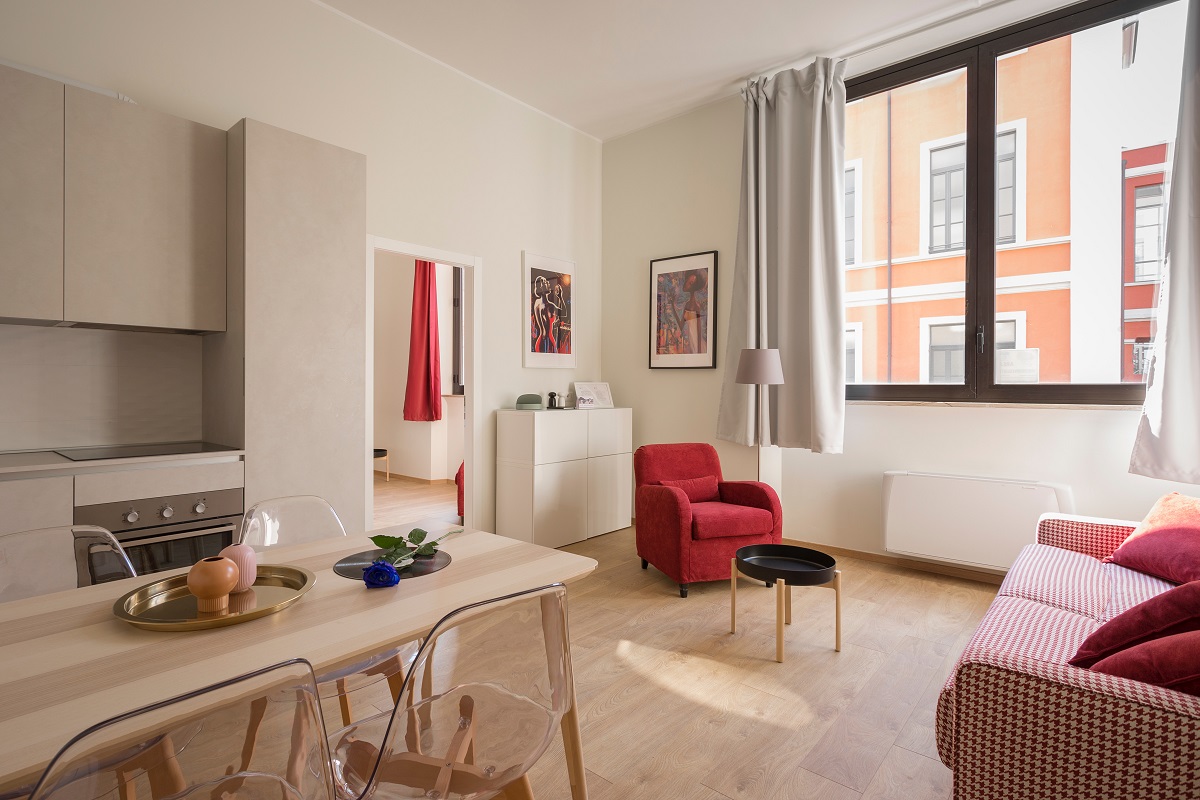
The term co-living has varying connotations depending on who you ask. Whilst the idea of sharing privately managed accommodation has been common across the UK for several decades, particularly for young professionals looking to live in central city locations, over the last ten years or so, we have seen the concept evolve into something quite different. Today, co-living has progressed into a social movement that focuses not just on the convenience that shared housing provides, but on a sense of community and collaboration.
With the average rent in London having risen to £1884 per month and an increasing demand for housing, we examine the trends in co-living, as well as potential investment opportunities for developers.
Who is co-living for?
The idea of en-suite bedrooms with communal cooking and living spaces has naturally stemmed from the student housing concept. With record numbers of young people moving into higher education today, it’s highly probable that communal living has become a comfortable way of living for more people as a result.
Not just for young professionals newly out of education however, the concept of co-living is one that appeals to adults of varying ages, based on shared values and a shift in working environments that has seen an increase in mobile working and relocation, and even aging residents wanting to avoid social isolation.
Re-imagining housing and transforming environments
The co-living movement is an interesting opportunity for investors looking to expand their property portfolio, or those looking for a prestigious, niche development, as it involves a more high-end approach than student housing developments with a greater focus on green spaces and sustainability.
With approximately 70% of current student housing in London let without a university partnership, it highlights the scale for this type of market and, as we know from our recent exploration of the growing micro home trend, the need for young professionals to live within their city of work is still going strong.
Co-living for community regeneration
There are additional opportunities where investors can spot gaps in the market affecting particular demographics, such as older generations. The co-living concept can be applied to groups of elderly residents, providing social support to one another and encouraging a collaborative environment to stimulate mobility, or even combining concepts to bridge generational gaps. Home-sharing has become a more common form of living for young people, allowing them to rent a private room for a much lesser rate than average in exchange for providing social support to elderly homeowners, but this concept could also be scaled into co-living developments.
As well as bridging intergenerational differences, the co-living model promotes internationalism, similarly to student living, providing opportunities to share cultural experiences and learn how to live with others from different backgrounds.
Contributing to an inclusive neighbourhood
The Draft New London Plan states that large-scale, purpose-built shared living developments may have its place in London if it meets an identified housing need; is well connected to local services, employment and transport; provides a minimum tenancy length and access to sufficient communal facilities and spaces. Another key element is that rent should reflect the smaller unit sizes, thus being more affordable than standard private rent in London, which may provide short relief for single occupants affected by the housing crisis.
With co-living developments on the increase across London, and moving into additional cities across the UK, it will be interesting to see how the market may develop in the near future. The Alternative Residential 2018 conference will examine co-living in further detail to understand where investment growth has stemmed from and stimulate interesting discussion on future developments. Book your place now to avoid disappointment, or see our upcoming events listing.